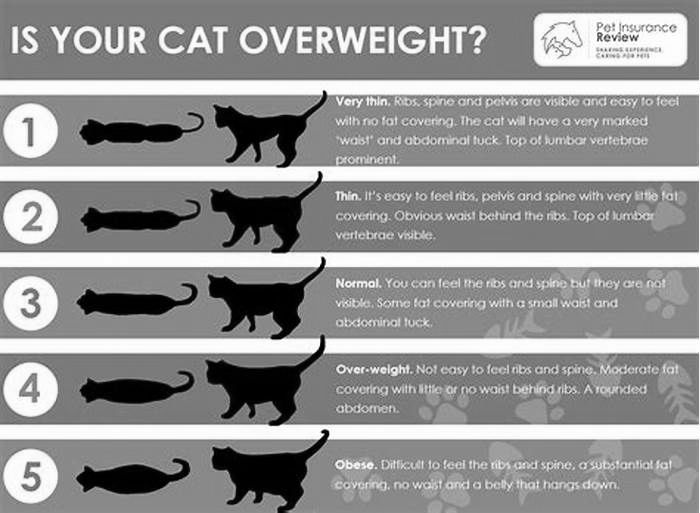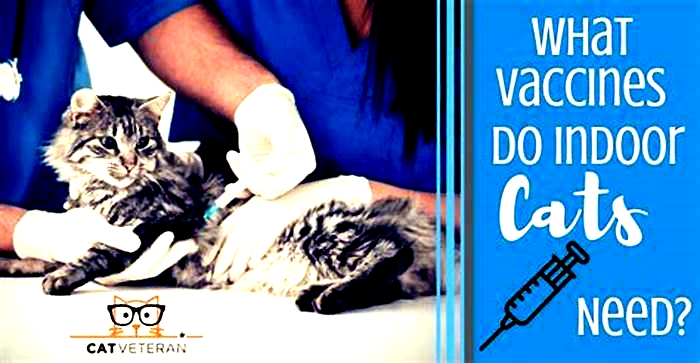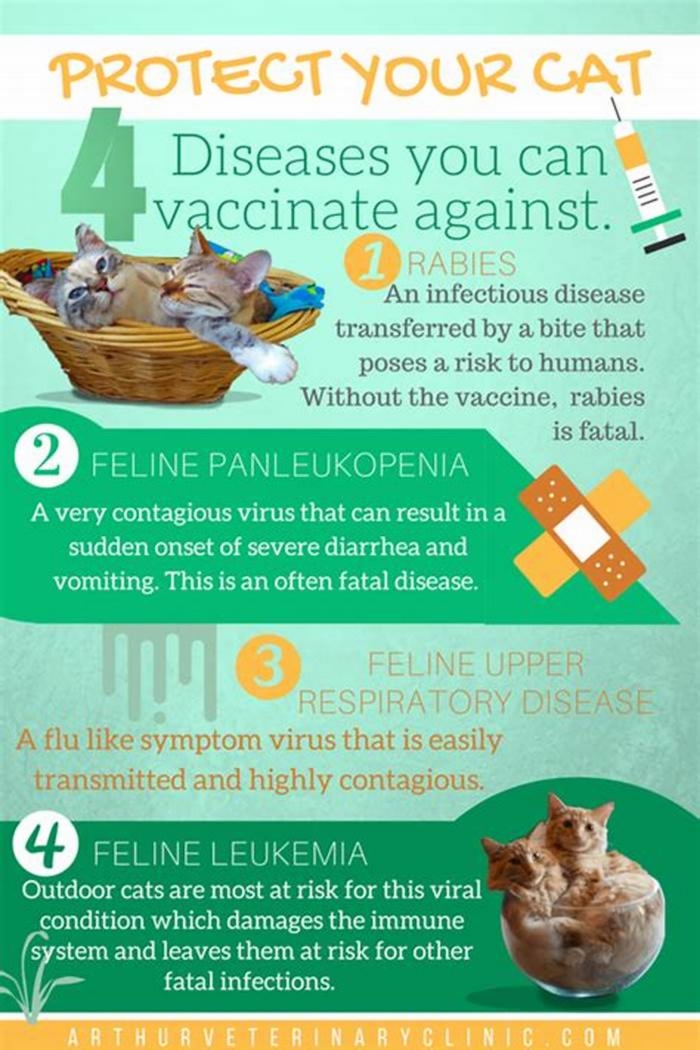Do cats need monthly preventatives
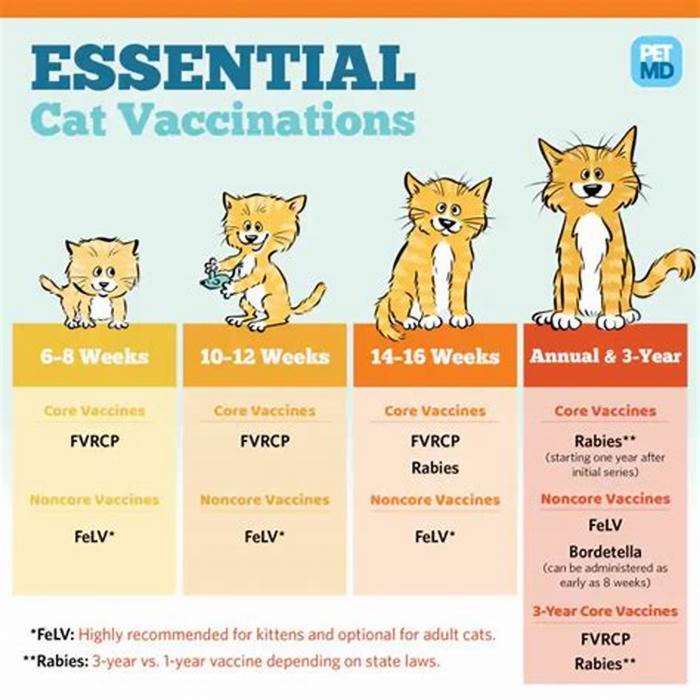
Indoor Cats and Heartworm: Is Prevention Necessary?
300Indoor cats seem invincible, shielded from the dangers that affect outdoor cats. But when the question of heartworm prevention comes up, you might find yourself asking: Does my indoor cat really need it?
Heartworm is a mosquito-borne disease that usually affects dogs. However, it has found its way into the world of our beloved outdoor and indoor cats as well. Keep reading to learn all about heartworm in cats, including how common it is, whether or not your indoor kitty needs prevention, and how to tell if your beloved cat already has it.
What Is Heartworm in Cats?
Before we dive into the heart of the matter, lets understand what exactly heartworm is.
Heartworm is a deadly disease caused by parasitic worms called Dirofilaria immitis. Theyre transmitted through mosquito bites, which transfer the parasite into your cats blood. Once inside, these worms embark on a journey, growing into foot-long adults that set up camp in the heart and adjacent blood vessels. As you can imagine, this is not good for your feline friend.
Heartworm is a little different in cats than in dogs, however. Cats are not the usual hosts for heartworms, and because of this, most of the worms never grow to be a full foot long. Most cats never experience more than three worms in their body at a time, either. As a result, heartworm disease might not be noticed in cats for a long time. That doesnt mean its not harmful, though. Heartworm can cause a variety of issues, such as coughing, lethargy, and difficulty breathing. In severe cases, it can even lead to sudden fainting or death. Whats more, there is no treatment for cats like there is for dogs, making heartworm prevention that much more important.
How Common is Heartworm in Cats?
Heartworm is more commonly associated with dogs, but cats are not entirely off the hook. While cats are considered atypical hosts for heartworms, its important to understand that even a small number of worms can wreak havoc on a cats cardiovascular system.
In regions where heartworm is common in dogs, cats are at more risk. According to Malcolm Weir, DVM, MSc, MPH, et al., the infection rate for cats is usually 5 to 20% of the rate in dogs in a specific region. Believe it or not, up to of infected cats are indoor cats. Thus, mosquitoes show no mercy when it comes to biting both indoor and outdoor felines. If you live in an area where heartworm is a concern for dogs, its wise to consider the potential threat to your indoor cat as well.
Can Indoor Cats Get Heartworm?

Unfortunately, the answer is yes. While indoor cats may not be as exposed as outdoor cats, they are not completely sealed off from the outside world. Mosquitoes are crafty little buggers that can find their way into our homes, leaving behind a trail of potential heartworm trouble. In fact, most of us can remember finding random mosquitos buzzing around our house from time to time. If youve found yourself in this situation, your indoor kitty can get heartworm.
Suggested reading: Mosquitoes arent the only insects we have to worry about with our pets. What happens if your cat gets stung by a bee or wasp?! Find out how to treat your kitty here.
Do Indoor Cats Need Heartworm Prevention?
Now that we know indoor cats arent immune to heartworm, the next question is: do they need preventive measures? Some argue that the risk is minimal for indoor cats, making preventive measures not needed. Nevertheless, most veterinarians advise prevention to ensure that our indoor felines remain heartworm-free.
While the risk is lower for indoor cats, it does exist. A single mosquito can unleash a cascade of health issues for your cat. Prevention might seem like overkill, but consider it as a shield against the unexpected invaders that might find their way into your cozy home.
How Do I Know if My Cat Has Heartworm?

Detecting heartworm in cats is like trying to find a needle in a haystack. The symptoms can be subtle and easily mistaken for other feline illnesses. If your cat exhibits coughing, lethargy, vomiting, or difficulty breathing, its time to consult with your veterinarian. However, keep in mind that these symptoms are not exclusive to heartworm and could indicate various other health issues.
For a definitive diagnosis, your vet may conduct blood tests to check for the presence of heartworm antigens. Imaging tests like X-rays and ultrasounds can also provide a glimpse into your cats cardiovascular system. Early detection is crucial, as treatment for heartworm in cats can be challenging, and prevention is always preferable.
Pro tip: What other preventative measures should you take to protect your kitty? Learn about the recommended vaccines.
Is There an Oral Heartworm Prevention for Cats?
Fortunately, there are several preventive measures available, and one of the most convenient and effective methods is oral medication.
Oral heartworm preventatives come in the form of tasty treats or pills that your cat can easily consume. These medications work by attacking the immature heartworm larvae, preventing them from growing into the foot-long intruders that wreak havoc in your cats heart. Some popular options include monthly treatments, except for Bravecto, which is administered every two months. Many heartworm medications protect against hookworms, tapeworms, and roundworms as well.
While most cats tolerate these preventatives well, its wise to consult with your veterinarian to determine the best option for your feline friend. Factors such as your cats age, health status, and lifestyle can influence the choice of preventive measures.

Protect Your Furbaby from Creepy Crawlies of All Kinds
As a devoted cat parent, your mission is clear: safeguard your furball from all the creepy crawlies that might threaten their well-being, heartworm included. While the debate over whether indoor cats truly need heartworm prevention continues, the consensus leans towards proactive measures if it is prevalent in dogs in your region.
While the risk may be lower for our indoor feline friends, the potential consequences of a heartworm infection are severe. As responsible pet parents, its our duty to weigh the odds, consult with veterinary professionals, and make informed decisions for the well-being of our beloved cats. After all, a heartworm-free cat is a happy cat!
Do you use heartworm prevention for your indoor kitty? Let us know in the comments below!
Stay Informed Join the HypePets Community!
If youre like us, your pets are like family. Stay up to date on the latest news, info, tips, and gear to help your pet live its best life!
Also, join the conversation over on our HypePets Discord server!
Flea and Tick Prevention and Treatment for Cats
Flea and tick infestations are two of the more common issues facing pets and pet owners.
Thats why flea and tick prevention is an essential part of your cats care routine. Using a monthly flea and tick preventative can ensure your cat stays healthy and pest-free no matter what adventures they get up to.
Why Is Flea and Tick Prevention Important for Cats?
Fleas and ticks are known as ectoparasites, or parasites that live on the outside of the host animal.
Both fleas and ticks survive by taking a blood meal, which means they must bite their host to draw blood for food. While the bite itself is small, flea saliva can cause severe allergies, dermatitis, anemia, itching, and infection
Tick bites can also cause infection, abscesses, paralysis, and even death.
In addition to allergic reactions, fleas and ticks can also transmit a variety of diseases to cats, including:
Cats arent as susceptible to tick-borne diseases as dogs, but there is still a risk of illness. In some cases, ticks can also transmit diseases to cats that can then infect humans (e.g., zoonotic diseases).
The best way to prevent flea and tick allergies, or to reduce the risk of spreading diseases, is to prevent infestation in the first place. Fortunately, there are a variety of products to help keep your pet free of parasites.
What Are Flea and Tick Preventatives for Cats?
Parasite prevention products are available in a few forms, including pesticides, repellents, and growth inhibitors. Each of these forms combat pests at different life stages.
When choosing a flea and tick preventative, its important to understand what parasites you are targeting. Some products are only effective against one species, typically fleas. These include flea dips, baths, and powders. Because they only protect against one species, you will need additional medications to protect against a wider range of parasites. Using multiple products is usually more expensive and increases the risk of adverse reactions.
Combination products, however, combine multiple ingredients to kill different stages of parasites. These typically provide coverage for both fleas and ticks, but they may also provide additional protection against heartworm, mites, or intestinal parasites. The spectrum of parasite control depends on the specific product and active ingredients.
Before starting your cat on any preventative, it is always recommended to discuss all medications, supplements, and preventatives with your veterinarian, especially if your pet has any health issues. It is critical to read the label and package insert of any product you use on your pet to ensure:
The product is the correct species for your pet (dog vs. cat)
The product is intended for your pets life stage (kitten, adult, or senior)
The product is within the correct weight range for your pet
The product is administered correctly (i.e., is it a chewable or a topical treatment)
The product protects against the appropriate parasites
If the product should be given with food
It matches your administration schedule
It begins working fast enough
It works with your bathing schedule
You understand any safety concerns
You have the correct phone numbers to call in the event of an adverse reaction
Even if youve previously used the medication, its a good idea to re-read the package insert, as the warnings and directions may have changed. Follow all instructions exactly and contact your veterinarian or the manufacturer if you have any questions.
When Should You Use Flea and Tick Prevention for Cats?
Flea and ticks survive and thrive in mild to moderate weather, so it is crucial to protect our pets during the warmer months. This may mean year-round required prevention in the south and western states.
However, even northern states frequently experience a few warm, spring-like days during the winter months. These brief warm periods are enough for fleas and ticks to start an infestation in your house and on your pet.
Once inside your climate-controlled house, fleas can continue to reproduce, living in the floorboards, carpets, and anywhere your pet lives. If your pet isnt using a flea and tick preventive, ticks may even crawl off your pet and onto the humans in the house.
Choosing a Flea and Tick Combination Medicine for Cats
While we are fortunate to have many combination preventatives for our cats, it can be confusing to pick the best product for your cat. As always, make sure to talk to your veterinarian and discuss the best option for your pet. You can also keep the below key factors in mind.
Species
Cats are not small dogs. Dog products cannot be used in cats and will lead to severe, often fatal, reactions. Most notably, the insecticides called permethrins are toxic to cats, potentially causing tremors, seizures, and death.
Check the label before applying any treatments to your cat.
Application Method
The most common flea and tick preventatives for cats are administered either orally, in the form of a chewable tablet, or as a topical liquid spread between the shoulder blades or down the back.
Topical Flea and Tick Products for Cats
Topical products may not be the best fit for some households with small children or other animals that may touch or lick the product before it dries.
Spot-on topical treatments can often have a medicinal smell or cause transient itching/irritation or even hair loss. Depending on the bathing frequency and your cats skin and hair coat, topical treatments are also potentially less effective.
Oral Flea and Tick Products for Cats
Oral treatments require your cat to eat the entire tablet. This means youll have to watch your cat more carefully to make she they eat the whole dose. Be watchful is especially important if your cat doesnt like the taste of the pill.
If your cat vomits after eating an oral flea and tick preventative, call the manufacturer or veterinarian for instructions on re-dosing, as well as to report a potential reaction to the product.
Feeding oral preventatives with a meal may help decrease upset stomach and help make the medicine easier to absorb.
Geography
Different geographic locations have different local parasite populations, including fleas and ticks, as well as other parasites such as heartworm and intestinal worms.
The Companion Animal Parasite Council is a terrific resource to identify the parasites in your specific area that put your pet at the most risk.
Access to Outdoors
Outdoor cats are at much higher risk of encountering fleas and ticks, especially in wooded, thick, or untreated yards. Using a flea and tick preventative is especially important in these cats to reduce the risk of infestation.
However, even if your cat is an indoor cat, there is still a riskespecially for flea bites. Fleas can easily enter your home through window screens, on other pets who go outside, or even on a humans pants and shoes.
For those animals living in townhouses or apartment buildings, fleas can be shared between living spaces. Thats why veterinarians recommend that all animals, regardless of access to the outdoors, have year-round flea and tick prevention.
Lifestyle Characteristics
A very small percentage of cats carry a genetic risk factor for a mutated gene that causes drug sensitivity. These cats cannot safely process certain drugs, including some ingredients in preventatives.
Many veterinarians recommend testing cats for the MDR-1 gene, especially affected breeds. The Washington State University Veterinary Clinical Pharmacology Laboratory site has additional information on the mutation as well as which drugs to avoid and ways to test your pet.
While there are no cat breeds that are especially vulnerable to flea or tick infestation, some cats may be at higher risk due to their personality and breed characteristics. This includes their spay or neuter status. Intact cats may spend most of their day roaming outside, while spayed or neutered cats are content to stay at home, only venturing outside occasionally.
Similarly, some exotic breeds may be more likely to adventure and hunt outdoors. High-risk cats may benefit from multiple products to ensure full parasite coverage.
Lifestage
If you have a new kitten or your cat is on the smaller side, talk with your veterinarian about which flea and tick preventatives are safe before using any. Not all products can be used in all lifestages or weights.
Most preventatives minimum age is 6-8 weeks, but always check the package insert for confirmation. Many preventatives also have a minimum weight required for safe use. Your veterinarian can help you figure out which product is the right one.
Medical Conditions
Most parasite preventatives are extremely safe, but there are some exceptions.
Some classes of preventatives, called isoxazolines, should be used with extreme caution in cats with a history of seizures or neurologic disease. These medications have been shown to reduce the seizure threshold.
No preventative should be used without thorough discussion with your veterinarian if:
Your pet has previously had an allergic reaction to the drug
Your pet is sick and/or underweight
Your pet is pregnant, nursing, or will be used for breeding in the future
Over-the-counter vs Prescription Flea and Tick Medicine
Over-the counter (OTC) flea and tick preventatives do not require a relationship with or prescription from a veterinarian. They are typically available for purchase online and in many retail pet stores.
Prescription flea and tick preventatives require a prescription from your veterinarian and typically cost a little more.
However, even if youre using an OTC product that doesnt require a prescription, you should always consult with your veterinarian to make sure it is a safe option for your cat. Your vet can help you:
Discover a potential adverse drug interaction with one of your cats current medications
Discover a potential adverse reaction to your cats current medical condition
Discover a better, safer, and broader spectrum product for your cat
Discover your cat needs testing before starting a preventative
Discover what to expect when starting a preventative
Cat owners have many products to choose from, but it is imperative to discuss with a veterinarian first. Most veterinarians recommend prescription products, as they are typically more effective and safer for your cat even if they cost a little more.
Comparing Combination Flea and Tick Medicine for Cats
The chart below outlines and compares some common flea and tick preventatives for cats to help you determine which flea and tick options are the best fit for your cat.
Always check with your veterinarian before starting any product, whether its over-the-counter or prescription.
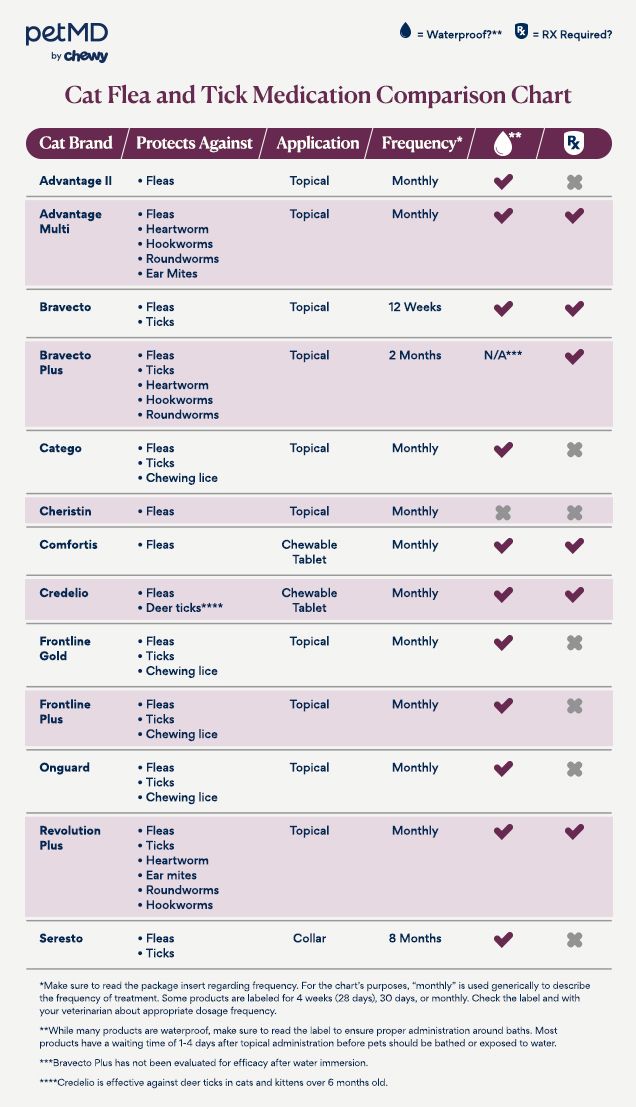
Cat Flea and Tick Prevention Product Summaries
Advantage II is a topical monthly product that contains the active ingredients imidacloprid and pyriproxyfen. This combination of drugs kills all forms of fleas, including eggs, larva, and adults. However, this product has no tick prevention. This product should only be used in cats and kittens over 8 weeks and who weigh more than 2 pounds. It is typically applied every month for prevention purposes.
Advantage Multi is a topical monthly product containing the active ingredients imidacloprid and moxidectin. This combination of drugs is fast-acting and kills parasites within hours. This product kills fleas and ticks as well as prevents heartworm infections and treats hookworms, roundworms, and ear mites. However, this product has no tick prevention. This product should only be used in cats and kittens over 9 weeks and who weigh more than 2 pounds. It is typically applied every month.
Catego is a topical monthly product containing the active ingredients fipronil, dinotefuran, and pyriproxyfen. This combination of drugs kills all fleas (all forms), ticks, and chewing lice. Catego is fast-acting, starting to kill fleas within hours. This product should only be used in cats and kittens over 8 weeks and weighing more than 1.5 pounds. It is typically applied every month.
Cheristin is a topical monthly product containing the active ingredient spinetoram. This drug kills fleas. Cheristin is fast-acting, starting to kill fleas within 30 minutes. This product should only be used in cats and kittens over 8 weeks and weighing more than 1.8 pounds. It is typically applied every month.
Comfortisis a chewable tablet containing the active ingredient spinosad. Comfortis is a fast-acting agent, killing fleas within 30 minutes. However, this product is labeled to treat and prevent fleas only. Cats and kittens must be 14 weeks or older and weigh over 4.1 pounds. This product can be administered every month.
Credelio is a chewable tablet containing the active ingredient lotilaner. Credelio is fast-acting, starting to kill fleas within hours of administration. Credelio is labeled to treat deer ticks only in cats and kittens over 6 months.
To treat fleas, this product should only be used in cats and kittens over 8 weeks and who weigh more than 2 pounds. Credelio is administered every month. As a drug in the isoxazoline class, all Credelio products should be used with caution in cats with a history of seizures, epilepsy, or neurologic disorders.
Frontline Gold is a topical monthly product containing the active ingredients fipronil, (s)-methoprene, and pyriproxyfen. This combination of drugs kills fleas (all forms), ticks, and chewing lice. Frontline Gold is fast-acting, starting to kill fleas within 30 minutes and ticks within hours. This product should only be used in cats and kittens over 8 weeks and weighing more than 1.5 pounds. It is typically applied every month.
Frontline Plus is a topical monthly product containing the active ingredients fipronil and (s)-methoprene. This combination of drugs kills all fleas (all forms), ticks, and chewing lice. Frontline Plus is fast-acting, working within hours, but it may take longer than Frontline Gold. This product should only be used in cats and kittens over 8 weeks and weighing more than 1.5 pounds. It is typically applied every month.
Onguard Plus is a topical monthly product containing the active ingredients fipronil and (s)-methoprene. This combination of drugs kills all fleas (all forms), ticks, and chewing lice. Onguard is fast-acting and starts killing fleas and ticks within hours. This product should only be used in cats and kittens over 8 weeks and older more than 1.5 pounds. It is typically applied every month.
Revolution Plus is a topical monthly product containing the active ingredients selamectin and sarolaner. This combination of drugs treats fleas (all forms), ticks, ear mites, roundworms, hookworms and prevents heartworm disease. Revolution Plus kills fleas within hours, but ticks may take up to 3 days. This product should only be used in cats and kittens over 8 weeks and weighing more than 2.8 pounds. It is typically applied every month.
Seresto is a collar containing the active ingredients imidacloprid and flumethrin. This combination of drugs kills and repels fleas and ticks for 8 months. Fleas are killed within 24 hours of application and ticks are killed 48 hours after application. If a cat is bathed or swims frequently (more than once per month), it may decrease efficacy and need to be replaced as frequently as every 5 months. The product should only be used in cats and kittens over 10 weeks of age.
References
American Veterinary Medical Association. Safe use of flea and tick preventative products.
Clinicians Brief. Isoxazolines.
U.S. Food & Drug Administration. Safe Use of Flea and Tick Products in Pets.
Featured Image: iStock.com/JazzIRT
WRITTEN BY
Lauren Jones, VMDVeterinarian
Dr. Lauren Jones graduated from the University of Pennsylvania School of Veterinary Medicine in 2010, after receiving her bachelor's degree...


